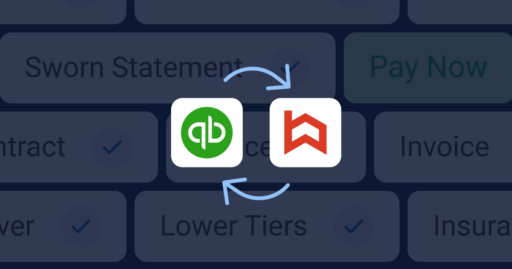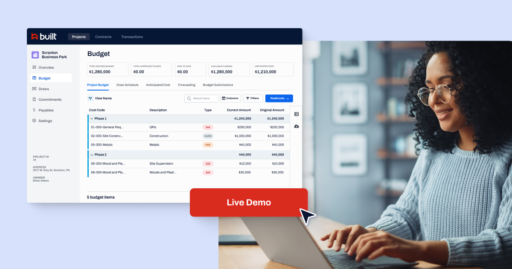2019 Housing & Construction Industry Trends & Projections [Infographics]

As 2018 drew to a close, Realtor.com and Dodge Data & Analytics released detailed reports projecting the housing and construction industry trends that we can expect to see throughout 2019. As we’ve done for the past two years, we compiled the top trends and predictions from each report into two easily digestible infographics.
2018 Year in Review
Before we dive into projections for the year ahead, let’s take a quick look back at the 2018 trends that will have a major impact in shaping 2019. Many experts have called 2018 a pivotal year for the housing market, reporting record prices in housing markets across the nation.
Despite seeing record highs and a steady increase in price appreciation throughout much of the year, home price increases slowed toward the end of 2018. The S&P Core Logic Case-Shiller U.S. National Home Price Index reported a 1.3 percent decrease in the rate of home price appreciation over the latter half of 2018, falling to 5.5 percent in December. This decline is due in part to poor home affordability, inventory shortages, and rising interest rates, which lead to a gradual market cooling. ATTOM Data Solutions’ U.S. Home Affordability Report found that home prices in Q4 of 2018 reached their least affordable level since Q3 of 2008. This cool-down has resulted in leveling housing prices on both coasts, signaling a turn in the market.
“In the later part of 2018, we saw annual wages outpace home appreciation in five local markets including Brooklyn and Seattle,” stated Daren Blomquist, senior vice president of communications at ATTOM Data Solutions. “We think that housing is going to continue to become more affordable in 2019.”
Though the market may have cooled slightly in terms of price appreciation, demand is still high due to inventory constraints. “Housing starts are slowly but surely rising,” stated Blomquist. “Many people would argue that the number of houses being built is not sufficient – especially with the number of households being formed, so there is a delta in supply.”
The lack of inventory is a major differentiator between today’s housing market and the market we saw during the housing crisis. In 2008, there was a housing surplus but a lack of demand. Today’s inventory shortage acts as a “safety net” despite a cooling market.
The Year Ahead
The lack of inventory will continue to play a leading role in driving housing and construction industry trends. As a growing number of millennials enter the housing market looking to buy their first home, constraints on entry-level housing will deepen. The lack of inventory and growing economy place greater stress on construction lenders and builders to keep pace with supply and demand. It is more important than ever for construction lenders to provide an efficient and effective way to speed the flow of capital in order to keep the market running strong.
To learn more about the state of the nation’s housing and construction industries, download the full infographics below.
{{cta(‘bcb1d1a2-7d9c-405f-b3ef-94d54f987c10’)}}
{{cta(‘bd79989e-a1bb-4211-b546-e55c08a5cc73’)}}







